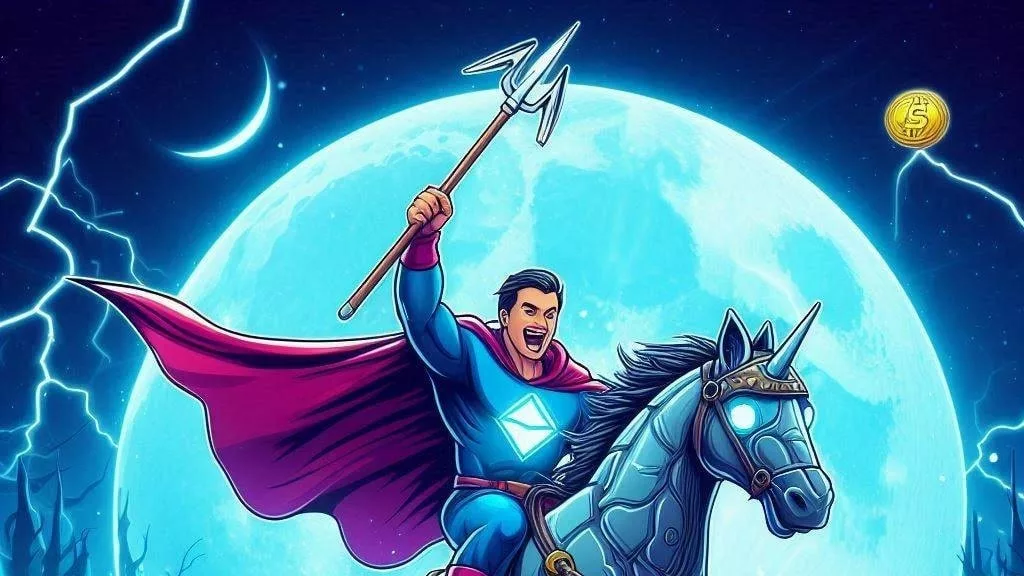
In the ever-evolving landscape of cryptocurrencies, the rise and resilience of eToro stand as a testament to how crises can pave the way for innovation and success. Yoni Assia, the co-founder and CEO of eToro, reflects on his remarkable journey that has weathered storms from the dot-com bubble to the fall of the largest Bitcoin exchange, Mt. Gox.
Back in 2007, amid the surging wave of digital disruption, Yoni Assia recognized a unique opportunity to revolutionize stock trading. His vision materialized in the form of eToro, a platform that aimed to make stock trading more accessible and user-friendly. However, the journey ahead held challenges that even Assia could not have foreseen.
The global financial crisis of 2008 sent shockwaves through the world economy. As banks crumbled and markets tumbled, eToro stood as a beacon of resilience. The platform not only weathered the storm but continued to evolve, setting the stage for what would become its pivotal role in the world of cryptocurrencies.
As the years rolled on, eToro’s innovative spirit remained unwavering. In December 2013, the platform took a bold step by listing Bitcoin (BTC) on its trading roster. This move was met with a blend of optimism and curiosity, as industry observers closely watched the implications of this decision. Little did anyone know that the following months would plunge the cryptocurrency world into turmoil.
In a shocking turn of events, the once-mighty Mt. Gox, the largest Bitcoin exchange at the time, collapsed in February 2014. This catastrophe sent shockwaves throughout the nascent crypto market. Bitcoin’s value, which had once soared to an astonishing $1200, nosedived to a mere $150. The prevailing sentiment was one of gloom, with many declaring the end of the digital currency era.
Yoni Assia, in an exclusive conversation with CoinTelegraph, vividly recalled the atmosphere of those tumultuous days. He recounted, “Everybody around us thought this is it – Bitcoin is dead.” It was a moment of reckoning, a make-or-break period for both eToro and the broader cryptocurrency landscape. However, Assia’s indomitable spirit had been forged in the crucible of adversity before.
The CEO had previously navigated the tumultuous highs and lows of the dot-com bubble in the early 2000s. Those experiences served as a well of resilience from which he drew strength in the face of uncertainty. Armed with the lessons of the past, Assia remained undeterred. He understood that innovation is often a journey fraught with challenges, and success is rarely achieved without enduring setbacks.
The collapse of Mt. Gox marked a pivotal moment for eToro. Instead of retreating, the platform doubled down on its commitment to cryptocurrencies. The incident ignited a fire of determination within Assia and his team to ensure that history would not repeat itself. They knew that for cryptocurrencies to thrive, they needed to provide a secure, reliable, and user-friendly platform that instilled trust in investors.
As eToro steered through uncharted waters, it not only survived but thrived. The platform’s resilience, adaptability, and forward-thinking approach played a significant role in shaping the trajectory of the cryptocurrency market. Over the years, eToro’s offerings expanded beyond Bitcoin to include a diverse array of cryptocurrencies, catering to the growing demand from investors seeking exposure to this emerging asset class.
In conclusion, the story of eToro’s rise and resilience serves as a compelling example of how challenges can serve as catalysts for innovation and growth. Yoni Assia’s journey, from the inception of eToro amid the dot-com boom to its role in the aftermath of the Mt. Gox collapse, highlights the importance of unwavering determination and the ability to learn from adversity. As the cryptocurrency landscape continues to evolve, eToro stands as a trailblazer, reminding us that even in the face of uncertainty, forward-thinking innovation can pave the way for a brighter future.

Get the latest Crypto & Blockchain News in your inbox.